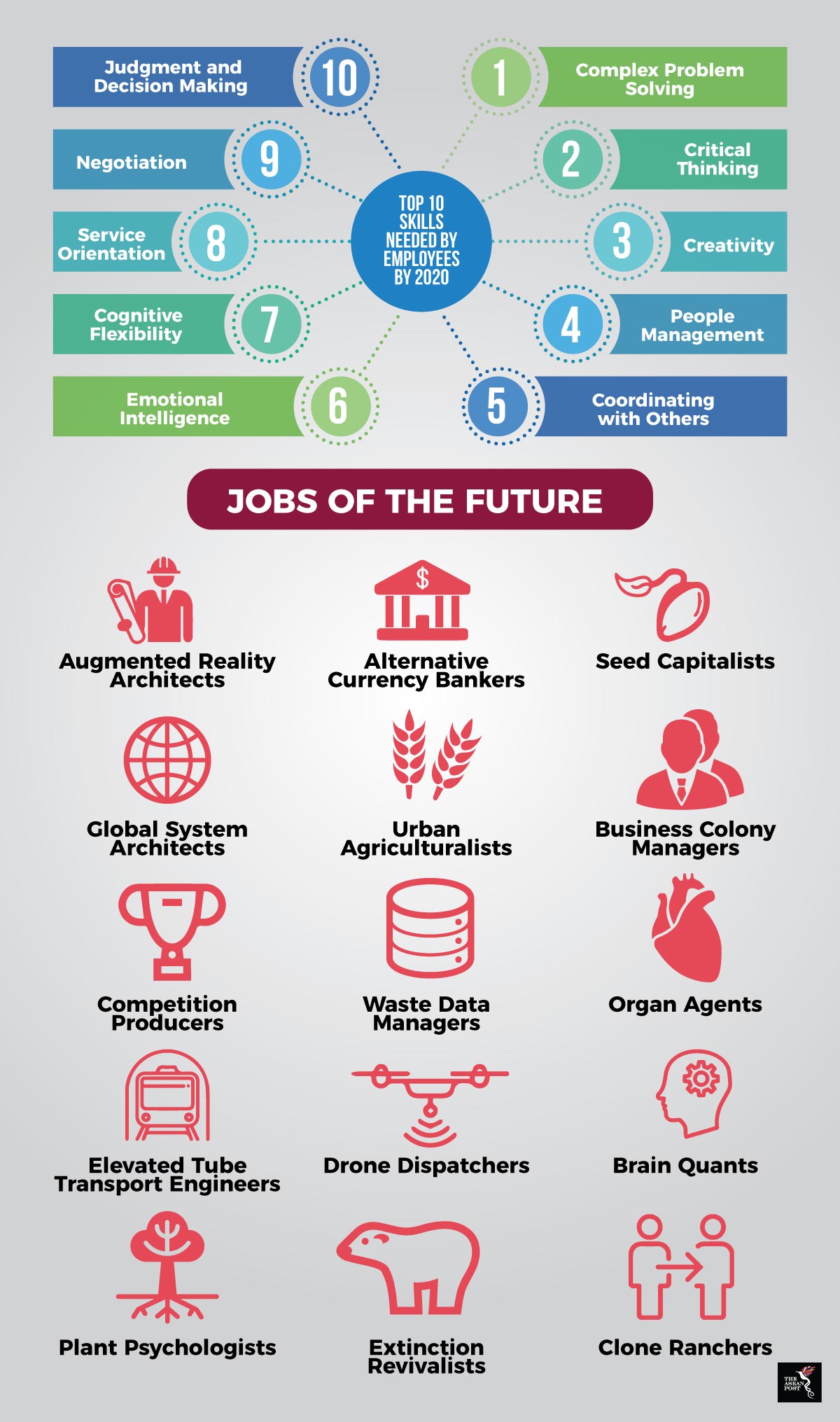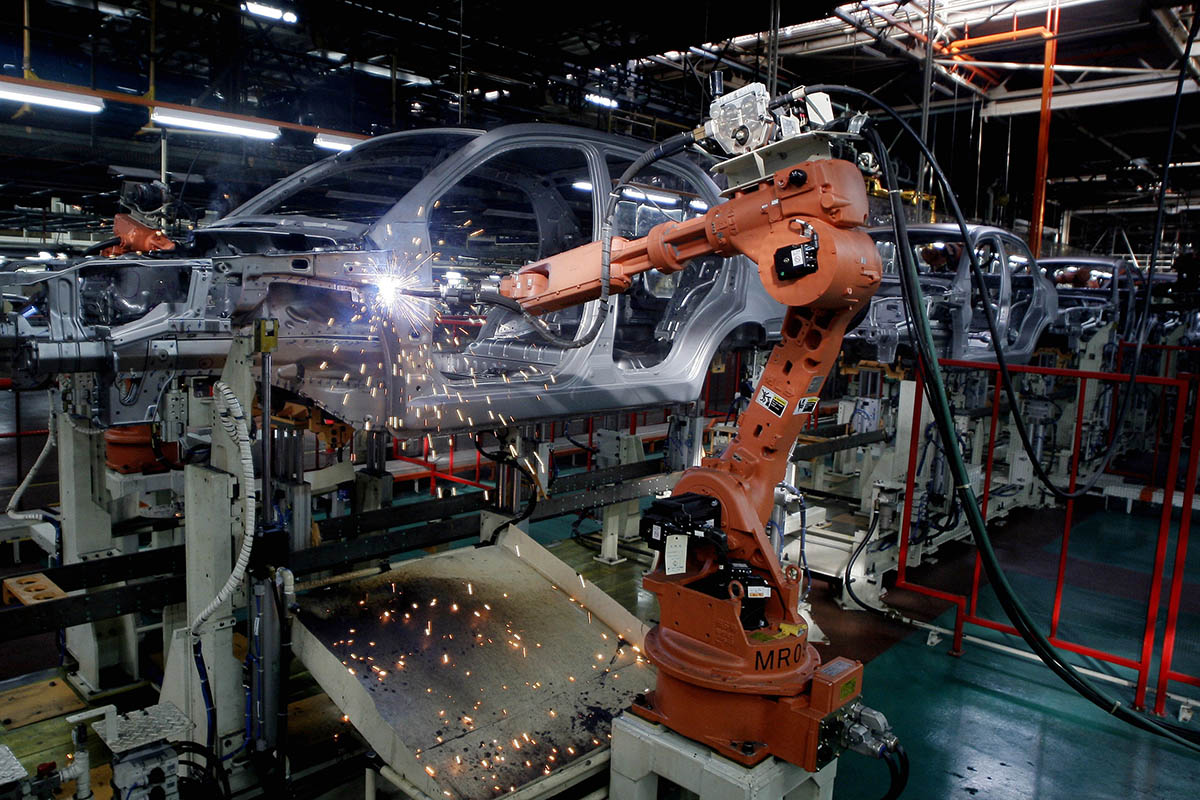With the Fourth Industrial Revolution now a common reality, there is no denying that technology has wrapped its invisible fingers around the lives of people across the globe. By 2020, this revolution will have brought us advanced robotics and self-driving transport, artificial intelligence (AI), and machine learning, besides modern materials, biotechnology, and genomics. Against this backdrop, employability in a modern world becomes more difficult as new skills need to be adopted.
It is a massive challenge as new information is to be learned, processed, and regurgitated to create outputs that are different from years ago. The ASEAN workforce is now being slowly forced to the peripheries and in order to be central again, has to embrace the changes that have permeated both, corporations and businesses.
The buzzword for the Fourth Industrial Revolution, also known as Industry 4.0, is definitely ‘disruption’. This term signifies a disturbance in a system or structure, with a change in technology and its application in the workplace. There is no doubt that high levels of automation will pose a threat to low-skill workers in the region. Since ASEAN is the 7th largest automotive producer in the world, the pool of workers within this sector will have to catch up with many sweeping changes if they do not wish to be made redundant. Over 800,000 personnel are employed within the automotive industry and more than half could potentially lose their jobs if they do not adapt to a changing workplace.

Source: World Economic Forum on ASEAN
Historically speaking, countries within the region have relied on low skilled labour as their source of competitive advantage. This trend is most noticeable in Lao PDR and Myanmar. The ubiquitous shift to automation is a double-edged sword for ASEAN countries. On one hand, automation is believed to improve productivity, given that there are no constraints related to human error. On the other, many are at risk of losing their jobs, especially those who are unable to cope with the rigours of a new working environment linked to self-operating machinery. In a declaration made by the United Nation’s International Labour Organisation (ILO), it is disheartening to note that Cambodia, Indonesia, and Vietnam face the biggest number of workers at risk from automation.
In dealing with disruptive technologies, adaptability and resilience are two crucial components that have to be present in the psyche of employees. The ASEAN workforce is considerably huge. In order to seize the opportunity that Industry 4.0 has to offer, workforces have to be prepared and equipped with the right skills.
Disruptive technologies like AI are transforming global production structures. Factory processes and the organisation of global supply chains are being impacted. Such a situation is akin to tsunamis being mistaken for the usual wave, as competition among countries reach a new zenith that has never been seen before. On the supply side, many industries play witness to the introduction of new technologies that create entirely new ways of serving existing needs. Disruption, as it were, flows from agile, innovative competitors who are to be grateful for the access to global digital platforms for research, development, marketing, sales, and distribution. Well established incumbents will be ousted faster than ever as quality, speed, and/or price are altered in line with technological advancements.
Significant shifts on the demand side are also happening, as growing transparency, and an increased consumer engagement forces companies to adapt the way they design, market, and deliver products and services. This will definitely affect the ASEAN workforce as well. Again, adaptability and resilience will have to come to the fore.
In order to fully embrace Industry 4.0, a concerted effort will have to be made by the respective governments of ASEAN member states in addressing the lack of skills due to the technological changes mentioned. This requires the formulation and implementation of a strategic industrial direction which concentrates on developing skills, including partnerships in the private sector and a re-evaluation of infrastructure and capital requirements in the region.
